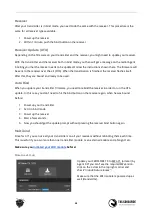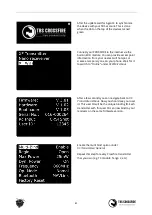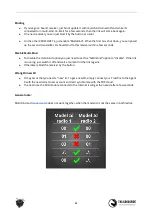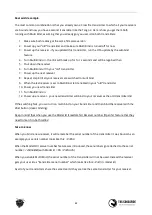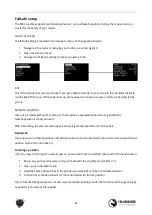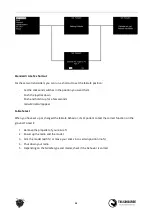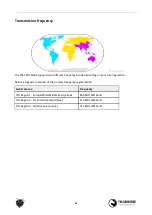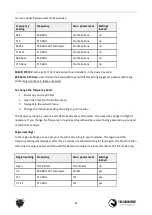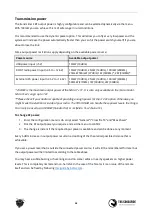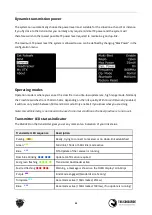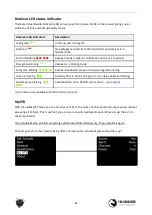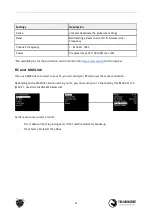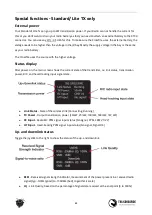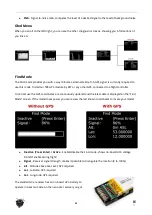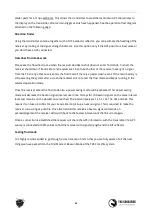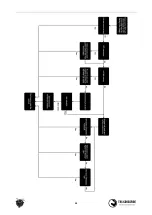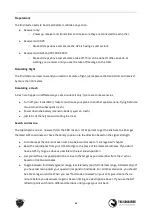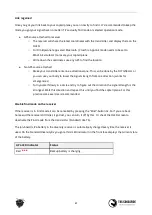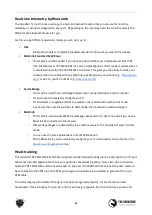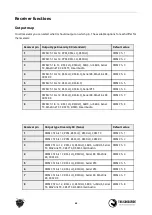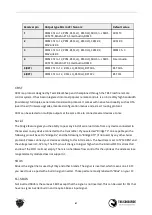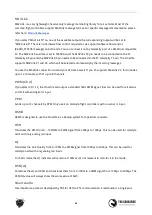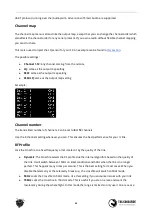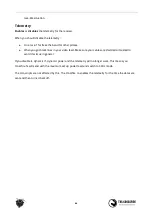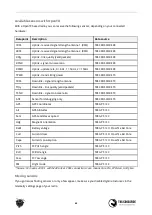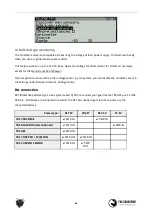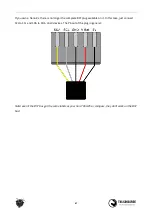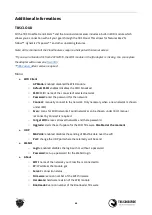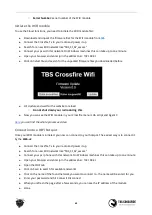
solder pads for a 1s lipo
with bms
. This allows the transmitter to send the last known GPS coordinates to
the display on the transmitter, after certain trigger events have happened. See the operation flow diagram
attached on the following page.
Direction finder
Using the transmitter antenna together with a DIY parabolic reflector, you can estimate the heading of the
receiver by looking at the signal strength indicator. Use this option only if the GPS position is inaccurate or
you don’t have a GPS connected.
How does find mode work
Please see the flowchart to see when the receiver decides to shut down or enter find mode. In short the
receiver shuts down if transmitter and receiver are close to each other or the receiver never got a signal
from the TX, In any other case it enters the find mode if there is a power down event. If the main battery is
still powering the system after a crash the receiver will not enter the find mode and keeps running in the
selected operation mode.
Once the receiver enters the find mode also a power saving mode will be activated. This power saving
mode will decrease the beacon signal interval over time. It stays for 10 beacon signals on the same interval
level and remains on the slowest once reached. The interval levels are 1s, 5s, 10s, 15s, 30s and 60s. This
means it can take up to 60s for your transmitter to pick up a beacon signal. This is required to make the
receiver run as long as possible. Once the transmitter receives a beacon signal and sends an
acknowledgement the receiver will switch back to the fastest interval until the link is lost again.
Once a connection is established the receiver will share the GPS information with the transmitter if a GPS
source is connected or RSSI values to find the receiver with signal strength and the DIY reflector.
Testing find mode
It is highly recommended to go through a crash scenario first so that you are fully aware of all the neat
things we have packed into the Find Mode or Beacon Mode of the TBS Crossfire system.
34

